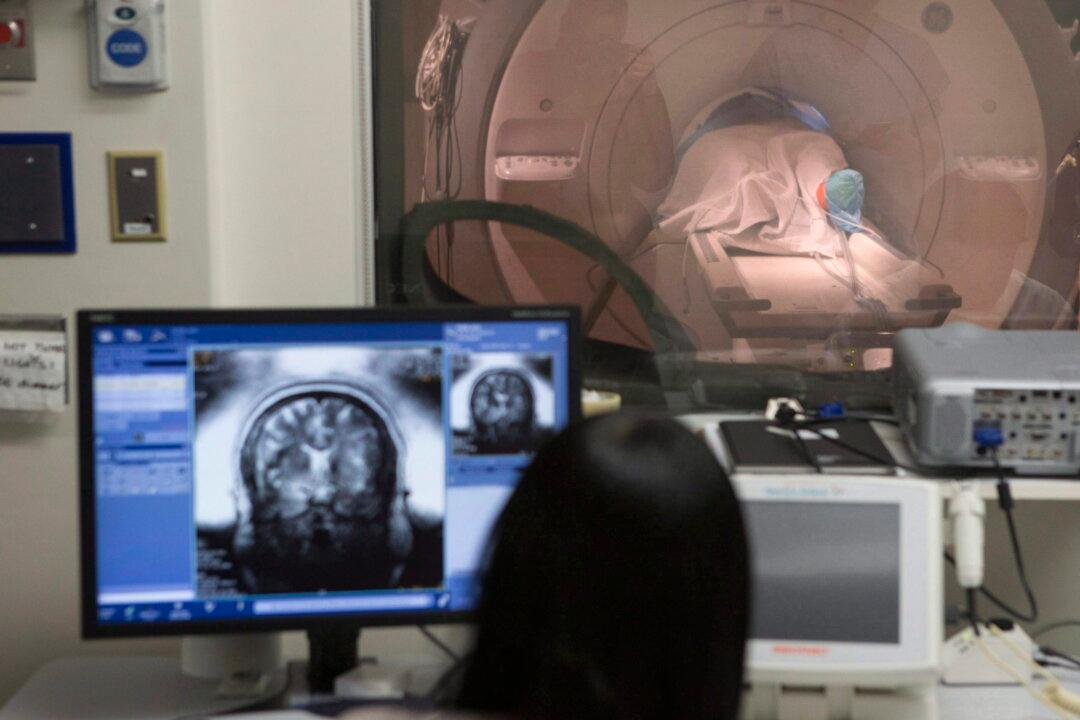Ontario has seen a 400 percent increase since 2015 in the number of patients who have died waiting for medical scans to diagnose their illnesses, according to a new report by SecondStreet.org.
The report also found a 24.7 percent increase since 2018 in patients dying while on surgical wait lists nationwide. These findings follow a Fraser Institute report published earlier this month showing wait times for specialists and surgery in Canada are the longest in nearly 30 years.





